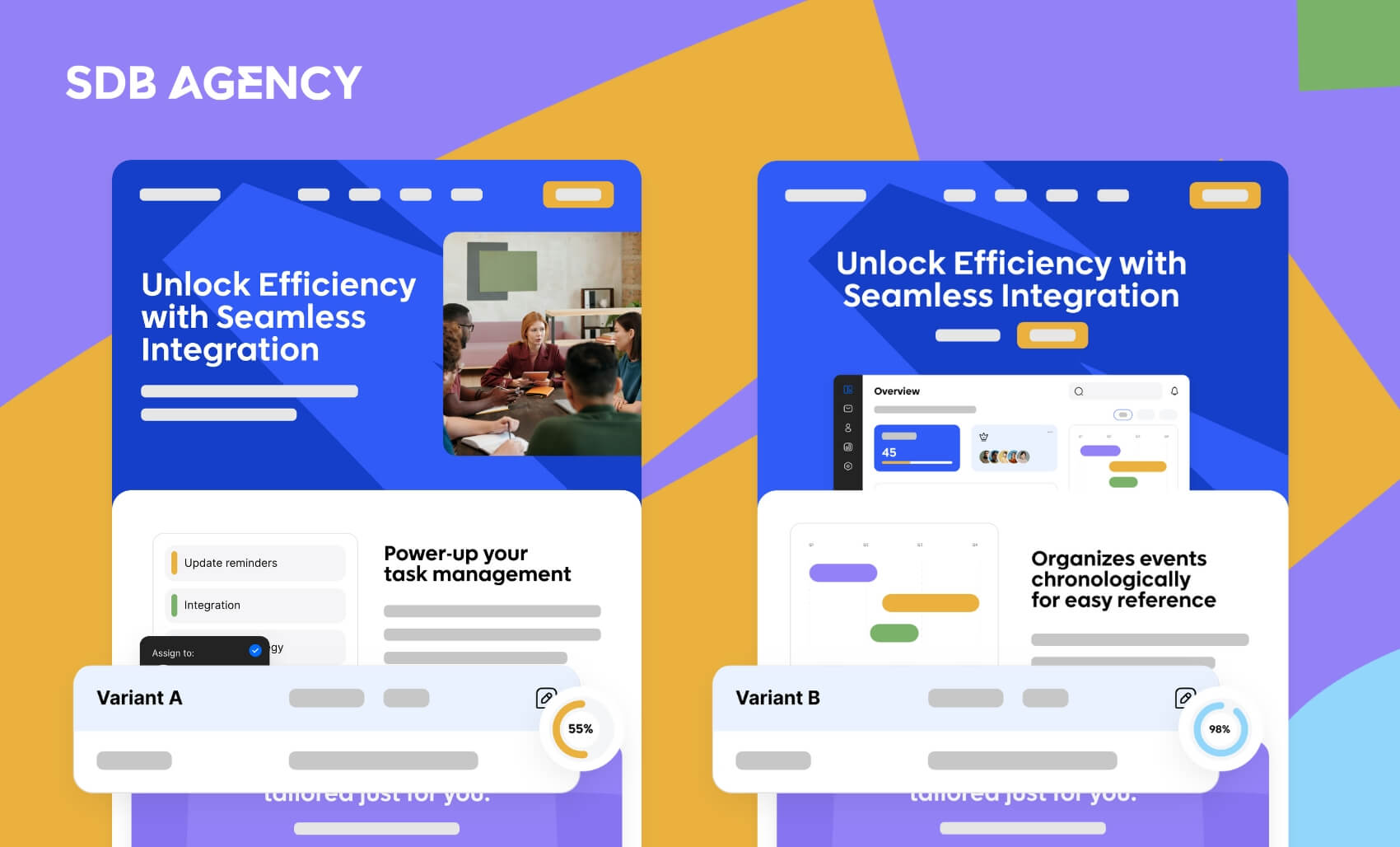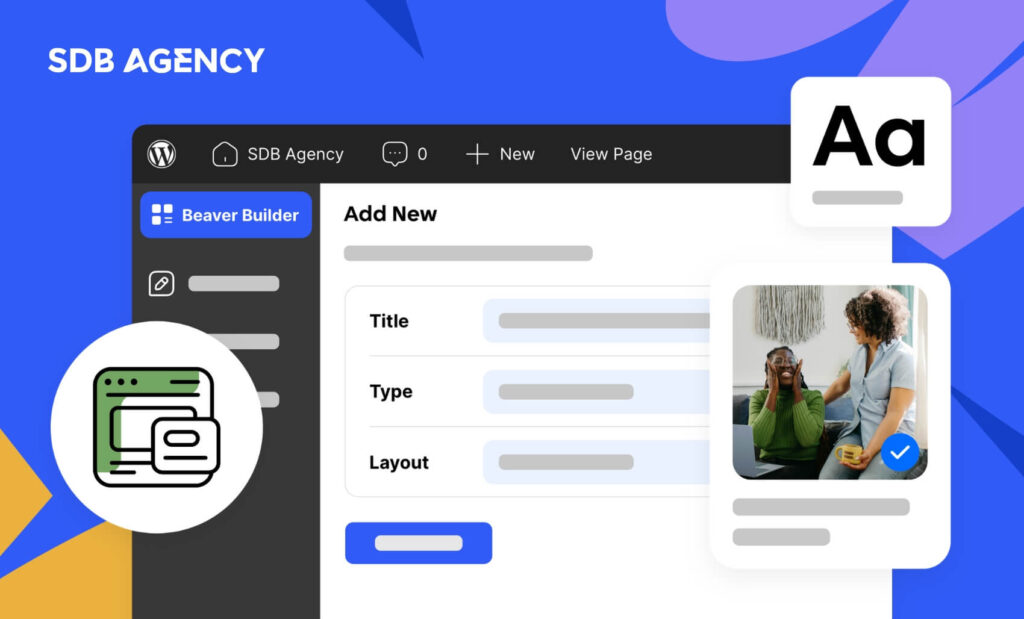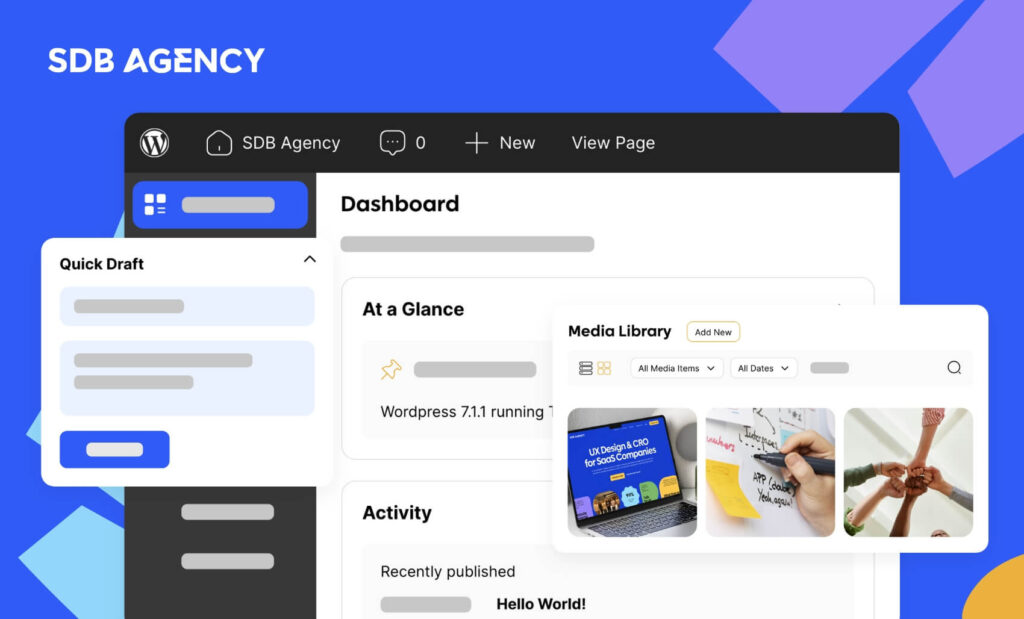A/B Testing Strategies for Improving Your SaaS Website’s Performance

Driving traffic to your site is great, but what really matters is how a website can retain customers to drive conversions. There are many cases where businesses have high traffic but only receive a few conversions.
Many factors influence these activities, from web design and content to UX (User Experience). Therefore, finding what works best for your customers is crucial, but it also takes time to figure it out.
A/B testing is an essential method for improving websites in the constantly evolving world of marketing. In this article, you’ll discover how A/B testing works and some examples to help you understand how it can improve your SaaS website.
What is A/B testing?
To put it simply, A/B testing is the process of comparing two versions of a website/page and observing which performs better over time. It can be used for many purposes, such as driving sales or increasing subscriptions.
When creating two versions of a web page, you should at least change one variable between them. The A/B testing process involves showing other versions of a website or webpage to separate visitor groups and comparing the results of each group.
Types of A/B testing
There are plenty of A/B testing types, depending on the elements you want to test. The most common types of A/B testing include:
- Landing page testing: Test two contrasting landing pages to determine which generates more conversions.
- Button testing: Compare various CTA button colors, sizes, and shapes to determine the one that gets the most clicks.
- Headline testing: Test out different headline copies to determine which receives more clicks and conversions.
- Image testing: Compare different images and discover which is more engaging to your visitors.
- Price testing: Comparing different pricing strategies can help determine which option will generate more sales.
Benefits of A/B testing
There are plenty of A/B testing benefits, but let’s focus on the most obvious ones:
- Better web performance: A/B testing allows companies to decide whether a version of a webpage is more successful in achieving specific objectives. It helps businesses boost website performance, including bounce rates, engagement levels, and conversion rates.
- Revenue growth: Companies can improve revenue by optimizing specific objectives on a website, such as boosting sales or lead generation.
- Improved user experience (UX): Businesses can improve their site’s UX by conducting A/B testing to optimize their web pages. This can improve conversion rates and engagement.
- Helps with decision-making: A/B testing offers the essential information to optimize your websites. Companies can avoid costly mistakes and improve website performance by using data for more informed decision-making.
5 A/B testing best practices for improving your SaaS website
To ensure your tests are precise, trustworthy, and usable, following the best practices is essential. Ensure that your A/B testing is correct by following specific procedures such as:
- Choosing the right sample size (the number of people observing the test).
- Deciding the metrics to use to measure performance.
- Avoid common mistakes that will affect the results and run the tests for as long as necessary.
These best practices will ensure that you’ll improve your website’s UX and find the best version of a web page. Now, let’s look at the best strategies you should implement before launching your A/B tests:
1. Establish clear goals and objectives
Before performing an A/B test, it’s best to establish specific goals and objectives. These should be precise, measurable, and aligned with your business’s aspirations. For example, a business may want to increase conversion rates on a landing page by 25%. This goal is specific, quantifiable, and aligned with the organization’s objectives.
2. Decide on the target market
It’s crucial to identify your target audience prior to running an A/B test. The target audience should represent all your website’s viewers, and the sample size should be large enough to collect statistically significant results.
3. Test one variable at a time
One way to ensure accurate A/B test results is to test one variable at a time. This ensures that it will not be affected by other factors. For example, a company should only test one color at a time to evaluate the efficiency of various button colors or logos. Doing this will help maintain consistency between the two website versions for all other factors.
4. Perform tests for the right amount of time
A/B testing must run long enough to guarantee that the results will be statistically significant and unaffected by random variations. The tests shouldn’t exceed a certain time frame that negatively affects the functioning of your business. However, it should be long enough to gather a specific sample of customers. An A/B test generally lasts at least two weeks and involves 100 or more data (users) for every test.
5. Choose the right A/B testing tools
A range of tools are available, from free ones such as Google Optimize to more complex options like VWO and Optimizely, which are excellent for A/B testing. When choosing a solution, it’s crucial to consider factors like functionality, pricing, and integration with these tools.
Conclusion
A/B testing is useful for improving your SaaS website’s performance and reaching specific business objectives. By following A/B testing best practices, companies can gain valuable insights into how different aspects affect website performance and make data-driven decisions to optimize their websites for better results. Therefore, having an experienced and trained growth marketer in your team who can conduct A/B testing is crucial.
It’s important to remember that A/B testing is an ongoing process that must be done regularly by your team, either under the guidance of your business’s top-level management or an experienced digital marketer. Website performances can change over time, which is why what works now may be less effective tomorrow. This is why regularly monitoring Website performance is important. By conducting A/B tests, businesses can stay ahead of the competition and continuously improve websites for better results.
Need help improving your SaaS site or product? Get in touch! We can help.
Continue reading
The Impact of Core Web Vitals on SXO for WordPress Sites
Find out how to optimize your site in this article to ensure your site ranks well on search engines!
7 Reasons Why WordPress is Better than Other CMS
Why is WordPress CMS the most popular CMS? The platform is easy to use, has the biggest community, and is intuitive. Find out more in this article.
How Modern Culture Influences User Experience
How is UX design perceived throughout multiple cultures? Learn how to make your UX design relevant worldwide by reading this article.
The Impact of Core Web Vitals on SXO for WordPress Sites
Find out how to optimize your site in this article to ensure your site ranks well on search engines!
7 Reasons Why WordPress is Better than Other CMS
Why is WordPress CMS the most popular CMS? The platform is easy to use, has the biggest community, and is intuitive. Find out more in this article.
How Modern Culture Influences User Experience
How is UX design perceived throughout multiple cultures? Learn how to make your UX design relevant worldwide by reading this article.



